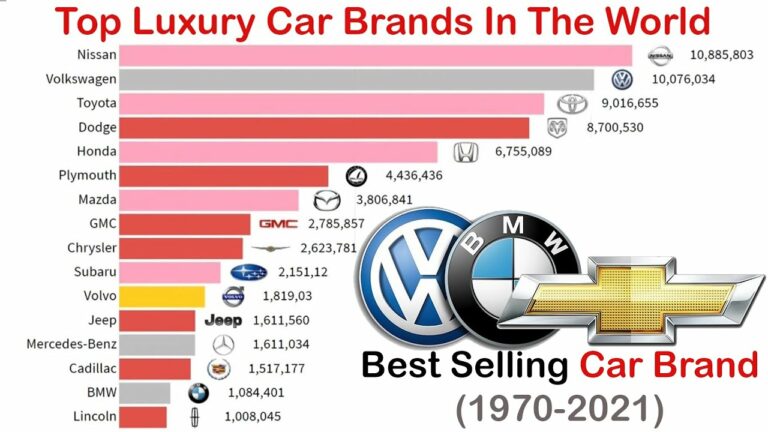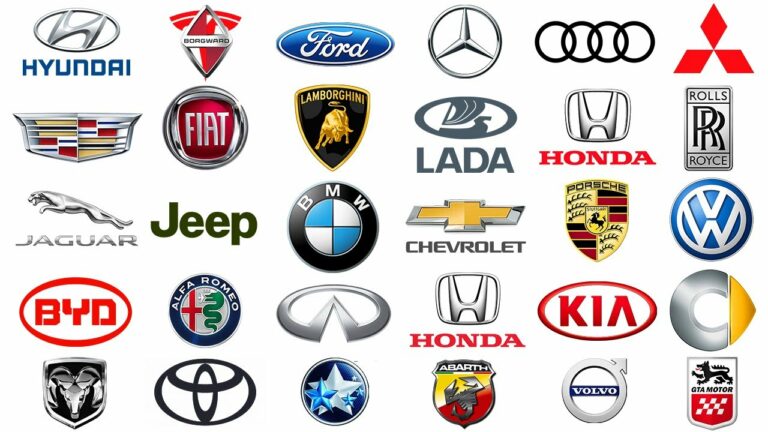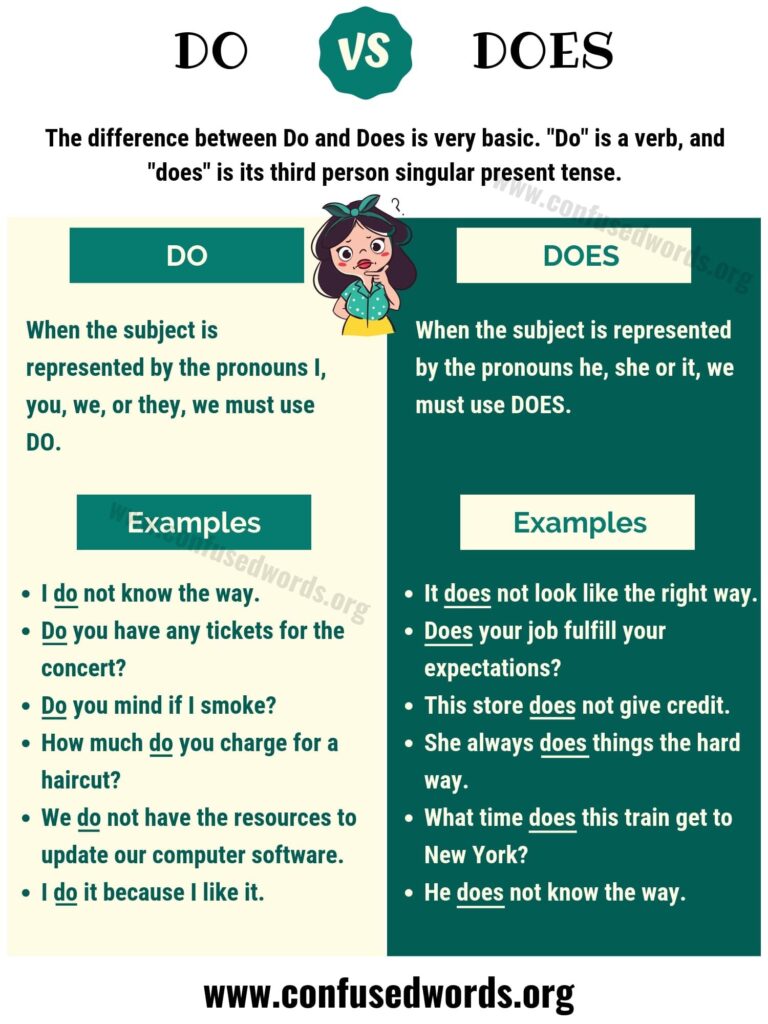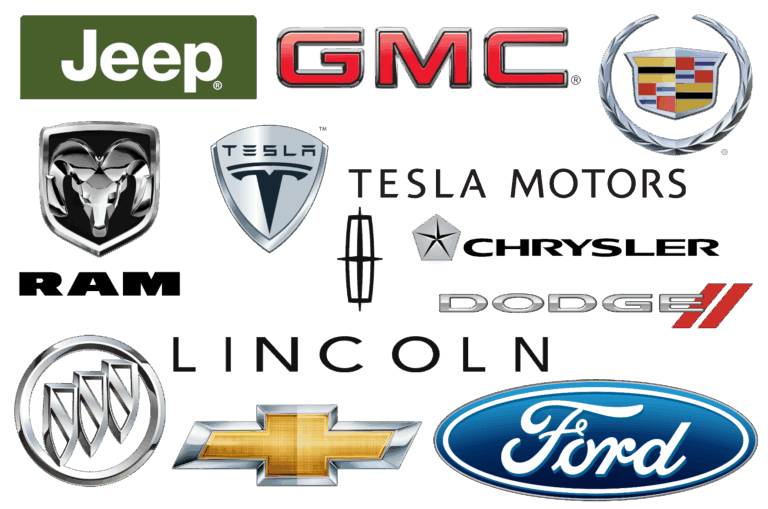Brand New Cars Under $20,000: Your Gateway to Affordable Ownership
Brand New Cars Under $20,000: Your Gateway to Affordable Ownership cars.truckstrend.com
In an automotive landscape increasingly dominated by rising prices, the notion of purchasing a brand-new vehicle for under $20,000 might seem like a relic of the past. Yet, for the savvy and budget-conscious buyer, this segment, though narrower than it once was, still offers compelling opportunities. "Brand New Cars Under $20,000" refers to the select few models that, in their most basic configurations, carry a Manufacturer’s Suggested Retail Price (MSRP) below this significant financial threshold.
For many, acquiring a new car isn’t just about transportation; it’s about peace of mind. It means enjoying a full manufacturer’s warranty, being the first and only owner, benefiting from the latest safety and efficiency standards, and avoiding the hidden histories that can come with pre-owned vehicles. This article serves as a comprehensive guide, demystifying the options available in this price bracket, outlining the benefits, offering practical buying advice, and helping you navigate the journey to affordable, brand-new car ownership.
Brand New Cars Under $20,000: Your Gateway to Affordable Ownership
The Allure of New: Why Opt for Under $20K?
Choosing a brand-new car, even at the entry-level, comes with a distinct set of advantages that often outweigh the appeal of a similarly priced used vehicle.
- Full Manufacturer Warranty: This is perhaps the biggest draw. A new car comes with bumper-to-bumper and powertrain warranties, protecting you from unexpected repair costs for years. Many brands in this segment even offer extended powertrain warranties, providing exceptional long-term security.
- Latest Safety Features: Even basic models now come equipped with essential safety features like multiple airbags, anti-lock brakes (ABS), and electronic stability control (ESC). Many entry-level vehicles also offer optional or standard advanced driver-assistance systems (ADAS) like automatic emergency braking (AEB), lane departure warning, and blind-spot monitoring on higher trims, which might push the price slightly, but base models still meet stringent modern safety standards.
- Predictable Maintenance: With a new car, you know its entire history – or lack thereof. Initial maintenance costs are typically low, limited to routine servicing as per the manufacturer’s schedule. You won’t inherit someone else’s deferred maintenance issues.
- Fuel Efficiency: Smaller, lighter, and often equipped with efficient engines, brand new cars under $20,000 are typically excellent on gas, saving you money at the pump over their lifespan.
- Modern Technology & Comfort: While not luxurious, these cars often include essentials like air conditioning, power windows, power locks, and a modern infotainment system with Bluetooth connectivity. Many now offer Apple CarPlay and Android Auto integration even on base models, a feature often missing in older used cars.
- Pride of Ownership: There’s an undeniable satisfaction in driving a car that’s truly yours from day one, complete with that "new car smell" and unblemished interior.
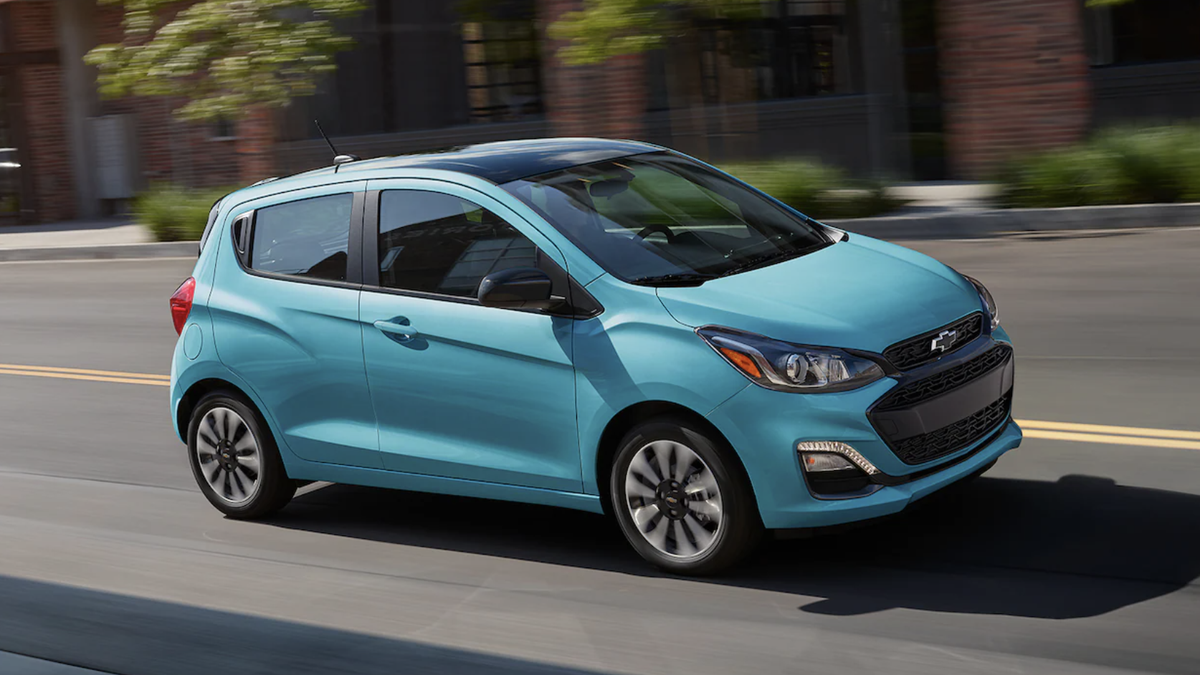
Navigating the Market: What to Expect in This Price Range
The under-$20,000 new car market is primarily populated by subcompact sedans and hatchbacks. These vehicles are designed with efficiency, maneuverability, and cost-effectiveness in mind.
- Vehicle Types: Expect to find small sedans and hatchbacks. These are perfect for city driving, commuting, and individuals or small families. While some larger vehicles or entry-level SUVs may creep just over the $20,000 mark with incentives, the core offerings remain in the subcompact class.
- Features & Trims: To stay within budget, you’ll generally be looking at the base or entry-level trim levels. This means fewer frills – think steel wheels with hubcaps instead of alloys, cloth seats, and perhaps a manual transmission as standard. However, core necessities like air conditioning, power windows, power mirrors, and a basic infotainment system with AM/FM radio and Bluetooth are usually included. Some models surprise with standard Apple CarPlay/Android Auto.
- Engine Performance: Don’t expect blistering acceleration. The engines in these vehicles are typically small (1.0L to 1.6L) and designed for fuel economy over raw power. They are perfectly adequate for daily driving and highway cruising, but passing maneuvers may require more planning.
- Interior & Materials: Interiors will be functional and durable, often featuring hard plastics. While not luxurious, they are designed to withstand daily use. Road noise may be more noticeable than in higher-priced vehicles, but modern sound insulation has improved across the board.

Top Contenders: A Glimpse at the Best Brand New Cars Under $20,000 (2024 Models)
As of 2024, the list of truly brand-new cars with a starting MSRP under $20,000 is remarkably short, making each contender a significant player in its segment. These models represent excellent value for money, focusing on reliability, efficiency, and essential features.
| Model | Starting MSRP (Base Trim) | Body Style | Key Feature Highlight |
|---|---|---|---|
| Mitsubishi Mirage | $16,695 | Hatchback | Class-leading fuel economy, excellent warranty |
| Nissan Versa | $16,130 | Sedan | Spacious interior for its class, comfortable ride |
| Kia Rio | $17,075 | Sedan | Stylish design, good tech integration, strong warranty |
| Kia Rio 5-Door | $17,915 | Hatchback | Versatile cargo space, appealing design |
Note: MSRPs are for the base trim level and exclude destination charges, taxes, title, license, and optional equipment. Prices are subject to change and can vary by region and dealership incentives.
- Mitsubishi Mirage: Often hailed as the most affordable new car in America, the Mirage (and its sedan sibling, the Mirage G4, which may also fall under $20k) prioritizes fuel efficiency above all else, often exceeding 40 MPG on the highway. Its standard features include a 7-inch display audio system with Apple CarPlay and Android Auto, a rearview camera, and a robust 10-year/100,000-mile powertrain warranty.
- Nissan Versa: The Versa offers a surprisingly spacious cabin for a subcompact sedan, making it a comfortable choice for daily commutes. It boasts a smooth ride and impressive fuel economy. Even the base S trim comes with a 7-inch touchscreen, Bluetooth, and standard safety features like automatic emergency braking.
- Kia Rio (Sedan & 5-Door Hatchback): The Kia Rio is celebrated for its attractive styling, user-friendly infotainment system (8-inch touchscreen with wireless Apple CarPlay/Android Auto on all trims), and Kia’s excellent 10-year/100,000-mile powertrain warranty. The hatchback version offers greater cargo versatility, making it a practical choice for those who need more flexible space.
Beyond the Sticker Price: Understanding Total Cost of Ownership
While the initial purchase price is a major factor, a truly smart buyer considers the total cost of ownership over the vehicle’s lifespan. For brand new cars under $20,000, this often works in your favor.
- Fuel Efficiency: As highlighted, these cars are designed to be extremely economical on gas, leading to significant savings over months and years of ownership.
- Insurance Costs: Generally, less expensive cars cost less to insure. Their smaller engines, lower repair costs, and lower overall value contribute to more affordable premiums. However, always get insurance quotes before purchasing.
- Maintenance: Being new, these vehicles require minimal maintenance beyond routine oil changes, tire rotations, and fluid checks for the first few years. Parts are typically less expensive than for larger, more complex vehicles.
- Depreciation: While all cars depreciate, the initial depreciation hit on a $16,000 car is less in absolute terms than on a $30,000 car. These models also tend to hold a reasonable percentage of their value due to their inherent affordability and demand as reliable basic transportation.
- Financing: Interest rates on new car loans are often more favorable than those for used cars. A smaller loan amount also means lower monthly payments, making these vehicles highly accessible.
Smart Buying Strategies: How to Maximize Your Budget
Navigating the dealership experience and securing the best deal requires a strategic approach, especially when working with a strict budget.
- Research Thoroughly: Understand the specific features of the base trims of the models you’re considering. Know what’s standard and what’s an optional extra that will push you over budget.
- Focus on Needs, Not Wants: To stay under $20,000, you’ll need to prioritize. Do you need alloy wheels or a sunroof, or are essentials like A/C, power windows, and a reliable engine sufficient?
- Explore Incentives and Rebates: Manufacturers frequently offer cash back, low APR financing, or special lease deals. Check manufacturer websites and dealership promotions. Sometimes, year-end clearance for the outgoing model year can yield significant savings.
- Get Pre-Approved for Financing: Before stepping into a dealership, get pre-approved for a loan from your bank or credit union. This gives you a clear budget, strengthens your negotiating position, and helps you avoid less favorable financing options at the dealership.
- Negotiate Smartly: Even on budget cars, there’s often room for negotiation, especially on the MSRP and any dealer add-ons. Be firm but polite. If you have a trade-in, negotiate the new car price separately before discussing your trade’s value.
- Test Drive Extensively: Don’t just take it around the block. Drive on highways, city streets, and areas with bumps to get a feel for the car’s performance, comfort, and noise levels.
- Review the Purchase Agreement Carefully: Before signing, ensure all figures match what you agreed upon. Watch out for hidden fees or unwanted add-ons like extended warranties, paint protection, or VIN etching, which can quickly push the price over your limit.
Potential Challenges and Solutions
While the under-$20,000 new car segment offers incredible value, it’s not without its specific considerations.
- Limited Choices: The most significant challenge is the shrinking number of models available.
- Solution: Be realistic about your options. Focus on the few reliable contenders and compare their specific strengths against your primary needs.
- Basic Features and Performance: You won’t get luxury amenities or thrilling performance.
- Solution: Embrace simplicity. These cars excel at reliable, efficient transportation. For infotainment upgrades, consider affordable aftermarket solutions if the base system doesn’t meet your needs.
- Dealer Markups and Add-ons: Dealers might try to add options or "market adjustments" that inflate the price beyond MSRP.
- Solution: Stick to your budget. Be prepared to walk away if the dealer won’t honor the MSRP or adds excessive fees. Research the fair market price in your area.
- Availability: Due to their popularity and the limited number of models, specific trims or colors might be scarce.
- Solution: Be flexible. If your heart is set on a particular model, you might need to broaden your search to dealerships further afield or be open to different color options.
Frequently Asked Questions (FAQ)
Q1: Are there really brand new cars available for under $20,000 in [Current Year]?
A1: Yes, but the selection has become very limited. As of 2024, models like the Mitsubishi Mirage, Nissan Versa, and Kia Rio are among the few that reliably offer base trims with an MSRP below $20,000.
Q2: What kind of features can I realistically expect in a new car under $20,000?
A2: You can expect essential features like air conditioning, power windows, power mirrors, and a basic infotainment system with Bluetooth. Many now include Apple CarPlay/Android Auto and a rearview camera as standard. Advanced safety features might be optional or on higher trims that push the price slightly above $20,000.
Q3: Is it better to buy a brand new car under $20,000 or a used car for the same price?
A3: It depends on your priorities. A new car offers a full warranty, the latest safety features, predictable maintenance, and the pride of being the first owner. A used car for the same price might be larger, offer more features, or have a more powerful engine, but it comes with a used history and potentially higher future repair costs. For reliability and peace of mind, a new car often wins.
Q4: Are these budget-friendly new cars safe?
A4: Absolutely. All new cars sold in the U.S. must meet stringent safety regulations. While they might not have every advanced driver-assistance system, they are built with modern safety structures and include essential features like multiple airbags, anti-lock brakes, and electronic stability control.
Q5: What about the warranty on these cars?
A5: All new cars come with a manufacturer’s warranty. For models in this price range, brands like Kia and Mitsubishi offer particularly generous warranties, often including a 10-year/100,000-mile powertrain warranty, providing exceptional long-term coverage.
Q6: Do these cars hold their value well?
A6: While all cars depreciate, entry-level vehicles tend to hold a reasonable percentage of their value due to their affordability and demand as reliable, economical transportation. Their absolute depreciation in dollar terms is less than that of more expensive vehicles.
Conclusion
The dream of driving a brand-new car doesn’t have to be out of reach, even in today’s market. While the selection of "Brand New Cars Under $20,000" has become more exclusive, the models that remain offer incredible value, blending affordability with modern reliability, safety, and efficiency. By understanding what to expect, focusing on your core needs, and employing smart buying strategies, you can confidently navigate this segment and drive home in a vehicle that provides years of dependable, worry-free transportation. It’s a testament to engineering and market strategy that new car ownership remains accessible, proving that quality and peace of mind don’t always have to come with a premium price tag.

